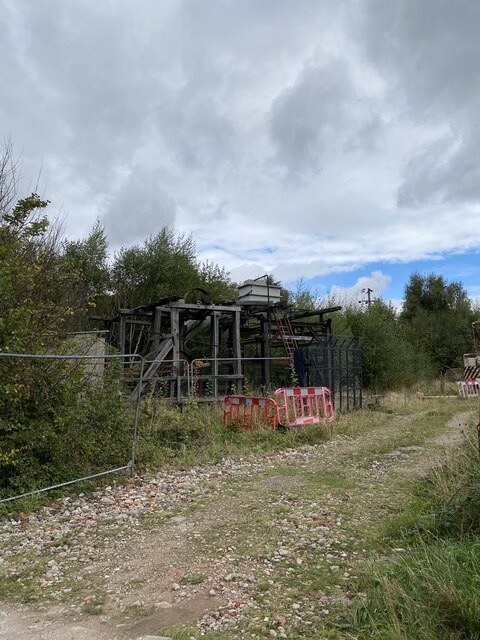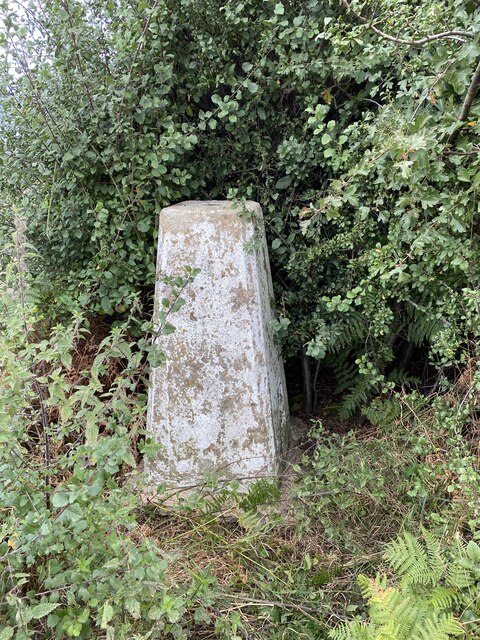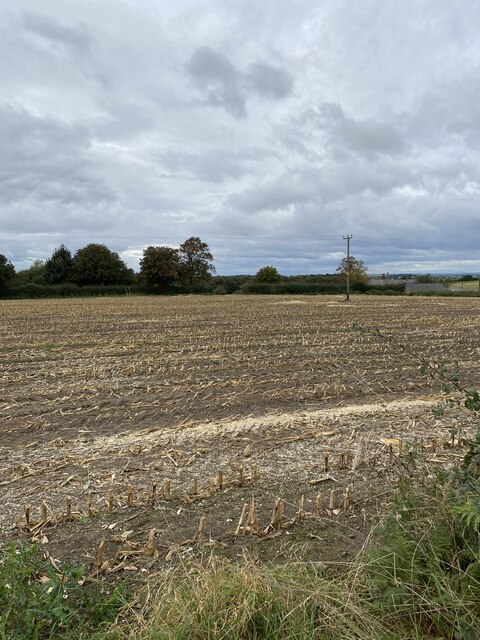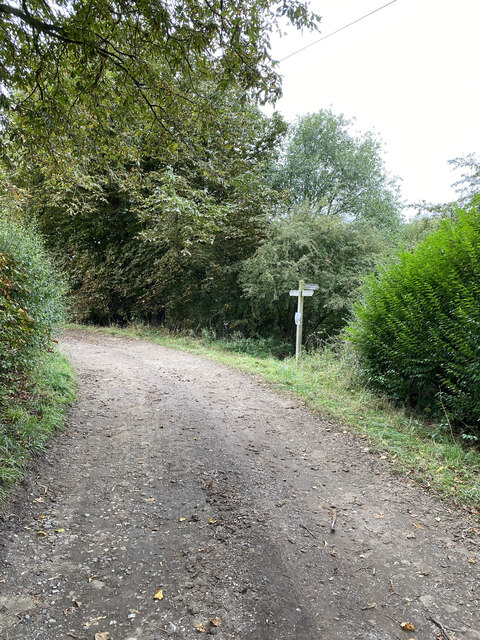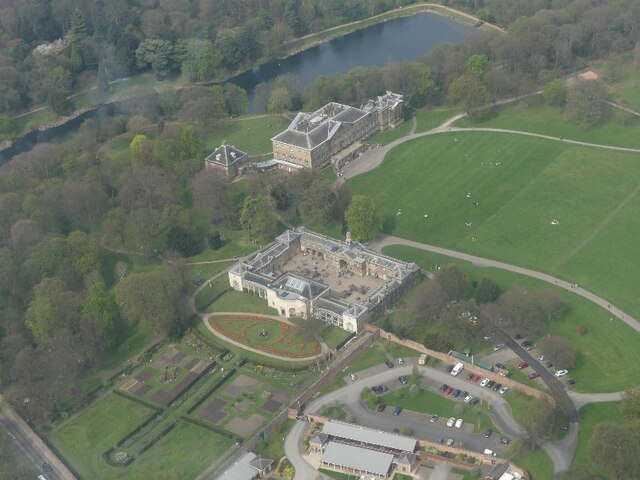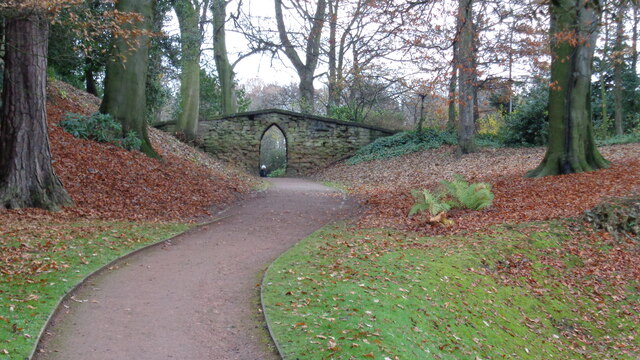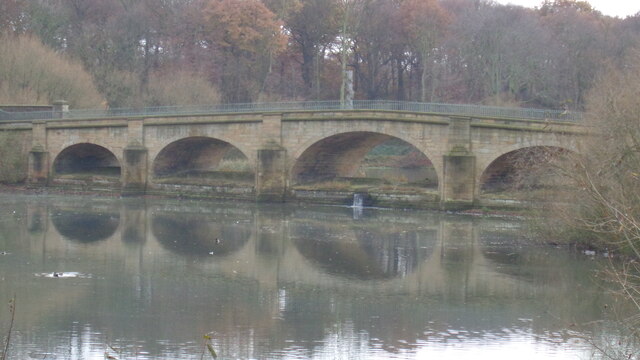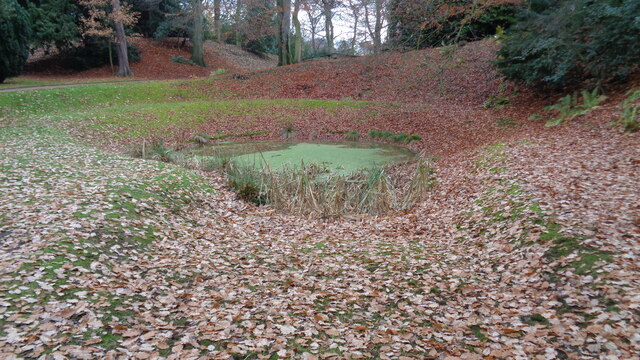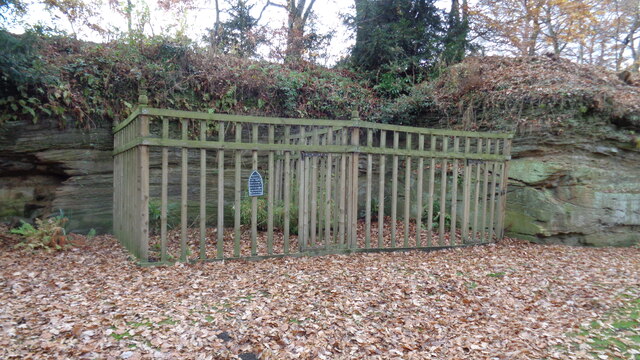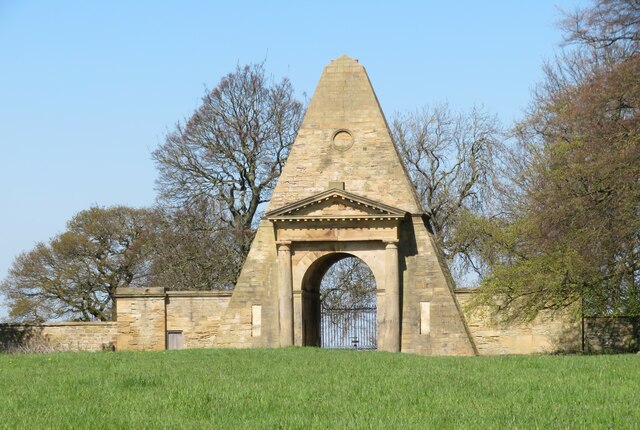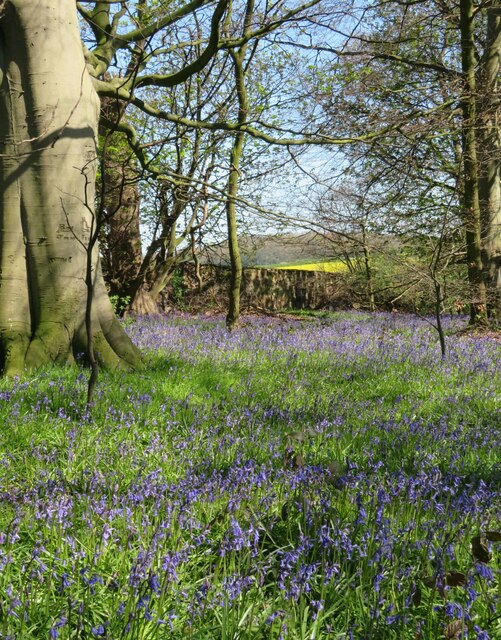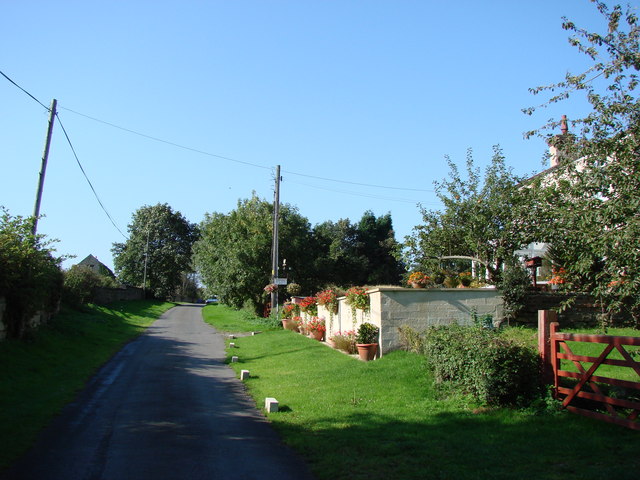Chestnut Wood
Wood, Forest in Yorkshire
England
Chestnut Wood

Chestnut Wood, located in Yorkshire, England, is a picturesque forest known for its stunning natural beauty and rich biodiversity. Spanning over a vast area, this woodland is a popular destination for nature lovers, hikers, and wildlife enthusiasts.
The dominant tree species in Chestnut Wood is, as the name suggests, the chestnut tree. These majestic trees can be seen towering over the forest, providing shade and a habitat for a variety of animal species. The wood is also home to a diverse range of flora, including oak, beech, and birch trees, creating a vibrant and lush environment.
Visitors to Chestnut Wood can enjoy a multitude of recreational activities. There are numerous well-maintained walking trails that wind their way through the forest, offering breathtaking views and opportunities to spot native wildlife. Birdwatchers will be delighted by the wide array of avian species that call this woodland home, including woodpeckers, owls, and various songbirds.
Chestnut Wood also boasts a rich history, with evidence of past human habitation and industry. Remnants of charcoal kilns and old mining shafts can be found throughout the forest, providing insight into the area's industrial past.
For those seeking a peaceful and tranquil escape, Chestnut Wood offers a perfect retreat from the hustle and bustle of everyday life. Its serene atmosphere, stunning scenery, and abundant wildlife make it a must-visit destination for anyone looking to immerse themselves in nature's wonders.
If you have any feedback on the listing, please let us know in the comments section below.
Chestnut Wood Images
Images are sourced within 2km of 53.65037/-1.374644 or Grid Reference SE4117. Thanks to Geograph Open Source API. All images are credited.
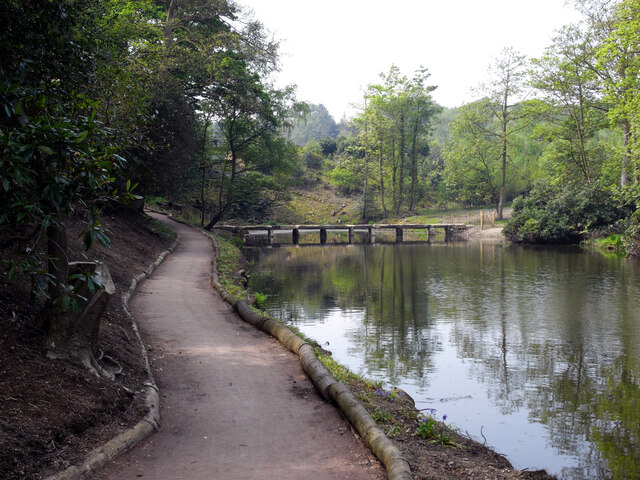
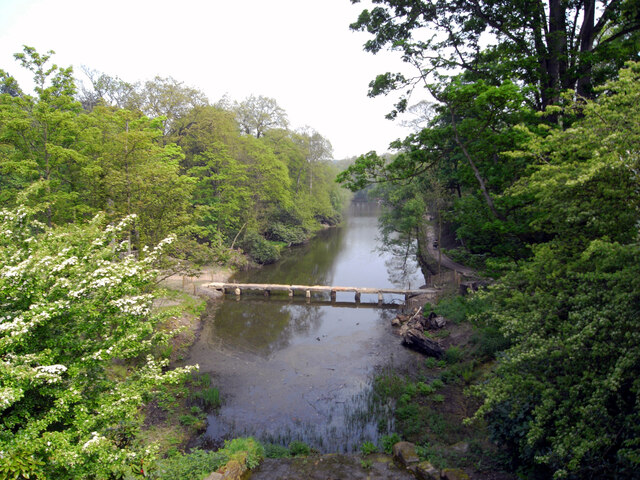
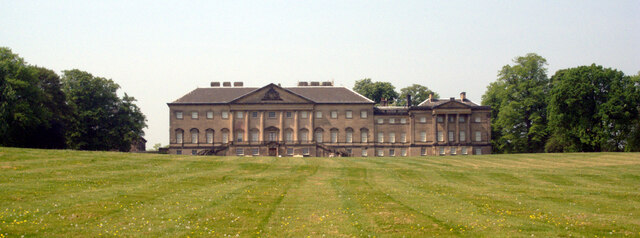

Chestnut Wood is located at Grid Ref: SE4117 (Lat: 53.65037, Lng: -1.374644)
Division: West Riding
Unitary Authority: Wakefield
Police Authority: West Yorkshire
What 3 Words
///reclaimed.took.economies. Near Fitzwilliam, West Yorkshire
Nearby Locations
Related Wikis
Wakefield City Academies Trust
Wakefield City Academies Trust (WCAT) was a multi-academy trust (MAT) that managed 21 schools (14 primary and 7 secondary) across West Yorkshire, South...
West Hardwick
West Hardwick is a village and civil parish in the City of Wakefield in West Yorkshire, England. It has a population of 29. Until 1974 it formed part...
Nostell
Nostell is a village in the City of Wakefield in West Yorkshire, England, near Hemsworth. It is in the civil parish of Huntwick with Foulby and Nostell...
Brackenhill
Brackenhill is a village in West Yorkshire, England, which forms part of Ackworth parish. It is situated on the A638 road on the eastern bank of Hessle...
Nearby Amenities
Located within 500m of 53.65037,-1.374644Have you been to Chestnut Wood?
Leave your review of Chestnut Wood below (or comments, questions and feedback).
